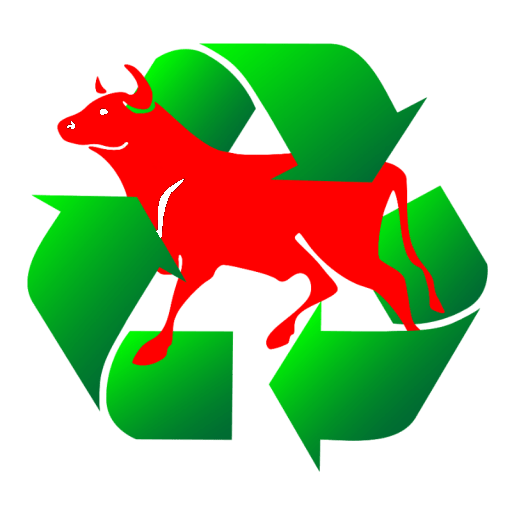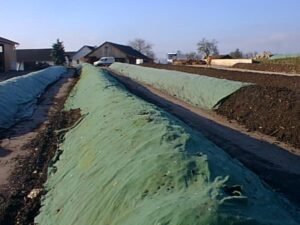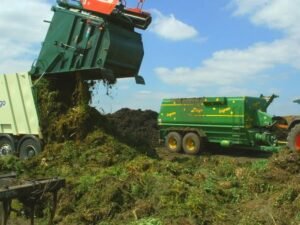Organic Waste is the biggest fraction in waste collection
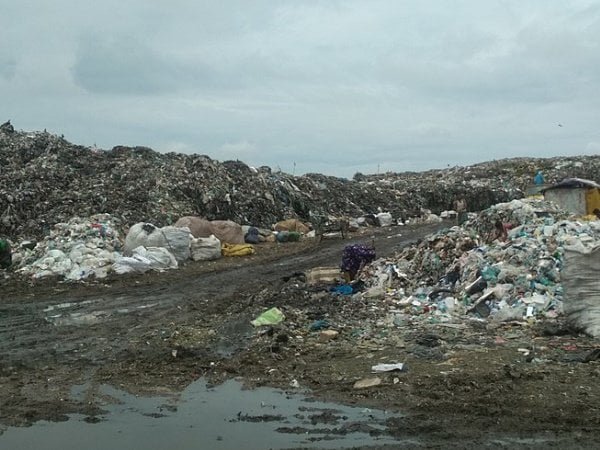
Organic Waste is by far the biggest fraction in waste collection around the globe. This fraction of biodegradable residue, when disposed untreated is responsible for the release of Greenhouse Gases (CHG), Leachate and Odor generation, as well as the proliferation of rodents, insects, the attractions of carrion birds.
Composting means diverting biodegradable residues into a resource and reducing the environmental impact
Valuable products from organic waste materials
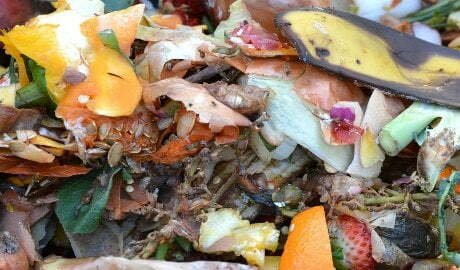
Composting is a relatively simple method of creating a valuable product from organic waste materials.
The controlled decomposition of organic matter by an aerobic process leads to a humus-like product:
Compost as a soil amendment or as enriched organic fertilizer has a wide range of applications in agriculture, landscaping, gardening and nurseries.
C/N Ratio-One of the most important parameters

Organic matter must be blended from different ingredients to obtain a C/N ratio of 20-35:1. The correct mixing of materials with high carbon content and others with high nitrogen content is one of the most important parameters of the process.
By integrating sludges, leachates or with water addition the moisture content of 40-60% can be adjusted.
Adding structural materials such as pruning or straw, increase the pore structure to bind enough oxygen. This is particularly important if the process includes pasty materials, sludge or similar.
ZAGO GREEN-Schematic Compost Process


The composting process starts (1) with the collection, (2) selection, shredding and mixing of the different materials. This is the same initial procedure as in the preparation of substrates for the preparation of Biogas (4) and Biomass (3) for thermal use in heating or energy production.
The mixed compost can be screened for separation of oversized materials (5), if necessary.
(6) After forming the compost piles, they are turned and oxygenated by an appropriate compost turner.
Screening and cleaning of light inert materials such as plastic bags adds value to the final product.
Related Publications

